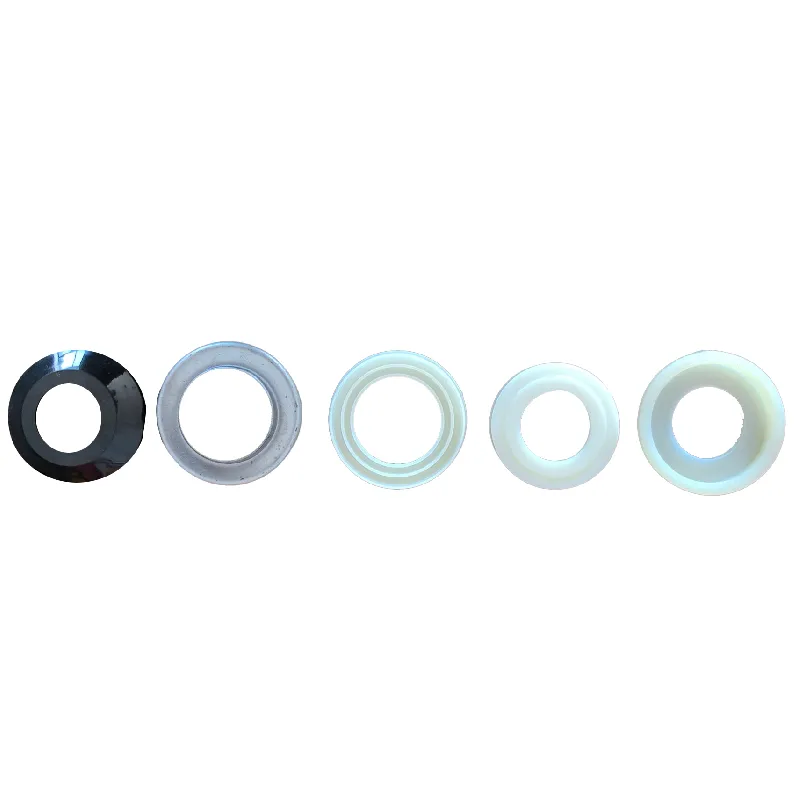 Afrikaans
Afrikaans  Albanian
Albanian  Amharic
Amharic  Arabic
Arabic  Armenian
Armenian  Azerbaijani
Azerbaijani  Basque
Basque  Belarusian
Belarusian  Bengali
Bengali  Bosnian
Bosnian  Bulgarian
Bulgarian  Catalan
Catalan  Cebuano
Cebuano  Corsican
Corsican  Croatian
Croatian  Czech
Czech  Danish
Danish  Dutch
Dutch  English
English  Esperanto
Esperanto  Estonian
Estonian  Finnish
Finnish  French
French  Frisian
Frisian  Galician
Galician  Georgian
Georgian  German
German  Greek
Greek  Gujarati
Gujarati  Haitian Creole
Haitian Creole  hausa
hausa  hawaiian
hawaiian  Hebrew
Hebrew  Hindi
Hindi  Miao
Miao  Hungarian
Hungarian  Icelandic
Icelandic  igbo
igbo  Indonesian
Indonesian  irish
irish  Italian
Italian  Japanese
Japanese  Javanese
Javanese  Kannada
Kannada  kazakh
kazakh  Khmer
Khmer  Rwandese
Rwandese  Korean
Korean  Kurdish
Kurdish  Kyrgyz
Kyrgyz  Lao
Lao  Latin
Latin  Latvian
Latvian  Lithuanian
Lithuanian  Luxembourgish
Luxembourgish  Macedonian
Macedonian  Malgashi
Malgashi  Malay
Malay  Malayalam
Malayalam  Maltese
Maltese  Maori
Maori  Marathi
Marathi  Mongolian
Mongolian  Myanmar
Myanmar  Nepali
Nepali  Norwegian
Norwegian  Norwegian
Norwegian  Occitan
Occitan  Pashto
Pashto  Persian
Persian  Polish
Polish  Portuguese
Portuguese  Punjabi
Punjabi  Romanian
Romanian  Russian
Russian  Samoan
Samoan  Scottish Gaelic
Scottish Gaelic  Serbian
Serbian  Sesotho
Sesotho  Shona
Shona  Sindhi
Sindhi  Sinhala
Sinhala  Slovak
Slovak  Slovenian
Slovenian  Somali
Somali  Spanish
Spanish  Sundanese
Sundanese  Swahili
Swahili  Swedish
Swedish  Tagalog
Tagalog  Tajik
Tajik  Tamil
Tamil  Tatar
Tatar  Telugu
Telugu  Thai
Thai  Turkish
Turkish  Turkmen
Turkmen  Ukrainian
Ukrainian  Urdu
Urdu  Uighur
Uighur  Uzbek
Uzbek  Vietnamese
Vietnamese  Welsh
Welsh  Bantu
Bantu  Yiddish
Yiddish  Yoruba
Yoruba  Zulu
Zulu Understanding Conveyor Rollers and Idlers for Enhanced Material Handling Efficiency
Understanding Conveyor Rollers and Idlers Essential Components in Material Handling
In the realm of material handling, conveyor systems play a vital role in the efficient transportation of goods and materials. Among the critical components of these systems are conveyor rollers and idlers, which are essential for ensuring smooth operations and minimizing wear and tear on the conveyor belts. This article delves into the functions, types, and significance of conveyor rollers and idlers in industrial applications.
What Are Conveyor Rollers?
Conveyor rollers are cylindrical components that facilitate the movement of conveyor belts by providing a smooth surface for the belt to travel over. They are typically made of durable materials like steel, aluminum, or plastic and come in various sizes and configurations depending on the application. Rollers can be categorized into several types, including
1. Drive Rollers These rollers are powered and help to move the conveyor belt forward. They are often located at the discharge end of the conveyor system and are crucial for driving the entire setup.
2. Return Rollers Positioned beneath the belt, return rollers support the belt as it travels back to the loading area. They play a crucial role in maintaining belt tension and alignment.
3. Idler Rollers These rollers support the conveyor belt and ensure it maintains its shape. Idler rollers can be further divided into multiple sub-types, including flat idlers, troughing idlers, and impact idlers, each designed for specific functions.
The Role of Idlers in Conveying Systems
Idlers are non-powered rollers that support the weight of the conveyor belt and its load. They are integral to the efficient operation of any conveyor system. Here are some key roles played by idlers
- Support Idlers provide structural support to the conveyor belt, ensuring it remains stable during operation. This stability is crucial in minimizing sagging and potential damage.
- Alignment Properly positioned idlers help keep the conveyor belt aligned, preventing it from drifting off course. Misalignment can lead to uneven wear and premature failure of the belt.
- Load Distribution Idlers effectively distribute the weight of the materials being transported across the length of the belt. This distribution is essential for maintaining the integrity of both the belt and the rollers.
Types of Idlers
conveyor rollers and idlers

Idlers come in several configurations to meet different operational needs, including
1. Flat Idlers These are the most basic type of idler and are used in applications where the conveyor belt runs flat. They provide minimal friction and are cost-effective.
2. Troughing Idlers Designed for handling bulk materials, troughing idlers have a V-shape that helps contain the product on the belt. This design minimizes spillage and enhances the handling of materials.
3. Impact Idlers Positioned at loading points, these idlers absorb the impact of falling materials and protect the belt from damage. They typically have a cushioned design to mitigate shock.
4. Training Idlers These specialized idlers are used to ensure the conveyor belt remains centered and aligned, preventing drift that can lead to operational inefficiencies.
The Importance of Maintenance
Proper maintenance of conveyor rollers and idlers is essential for the longevity and efficiency of conveyor systems. Regular inspections should be conducted to check for signs of wear and tear, such as
- Surface Damage Cracks or abrasions on rollers and idlers can lead to uneven wear on the conveyor belt.
- Misalignment Rollers and idlers that are not aligned properly can cause excessive friction and reduce the system’s efficiency.
- Bearing Wear Bearings within rollers and idlers should be inspected and lubricated routinely to ensure they function smoothly and prevent unnecessary breakdowns.
By implementing a proactive maintenance strategy, businesses can extend the life of their conveyor systems, reduce downtime, and enhance productivity.
Conclusion
In conclusion, conveyor rollers and idlers are indispensable elements of material handling systems. Understanding their functions and ensuring their proper maintenance can significantly improve the performance and durability of conveyor systems. By investing in high-quality components and adhering to regular maintenance schedules, industries can optimize their operational efficiency and minimize production disruptions. As technology advances, conveyor systems will continue to evolve, but the fundamental roles of rollers and idlers will remain critical in facilitating efficient material transportation.
-
Revolutionizing Conveyor Reliability with Advanced Rubber Lagging PulleysNewsJul.22,2025
-
Powering Precision and Durability with Expert Manufacturers of Conveyor ComponentsNewsJul.22,2025
-
Optimizing Conveyor Systems with Advanced Conveyor AccessoriesNewsJul.22,2025
-
Maximize Conveyor Efficiency with Quality Conveyor Idler PulleysNewsJul.22,2025
-
Future-Proof Your Conveyor System with High-Performance Polyurethane RollerNewsJul.22,2025
-
Driving Efficiency Forward with Quality Idlers and RollersNewsJul.22,2025





























